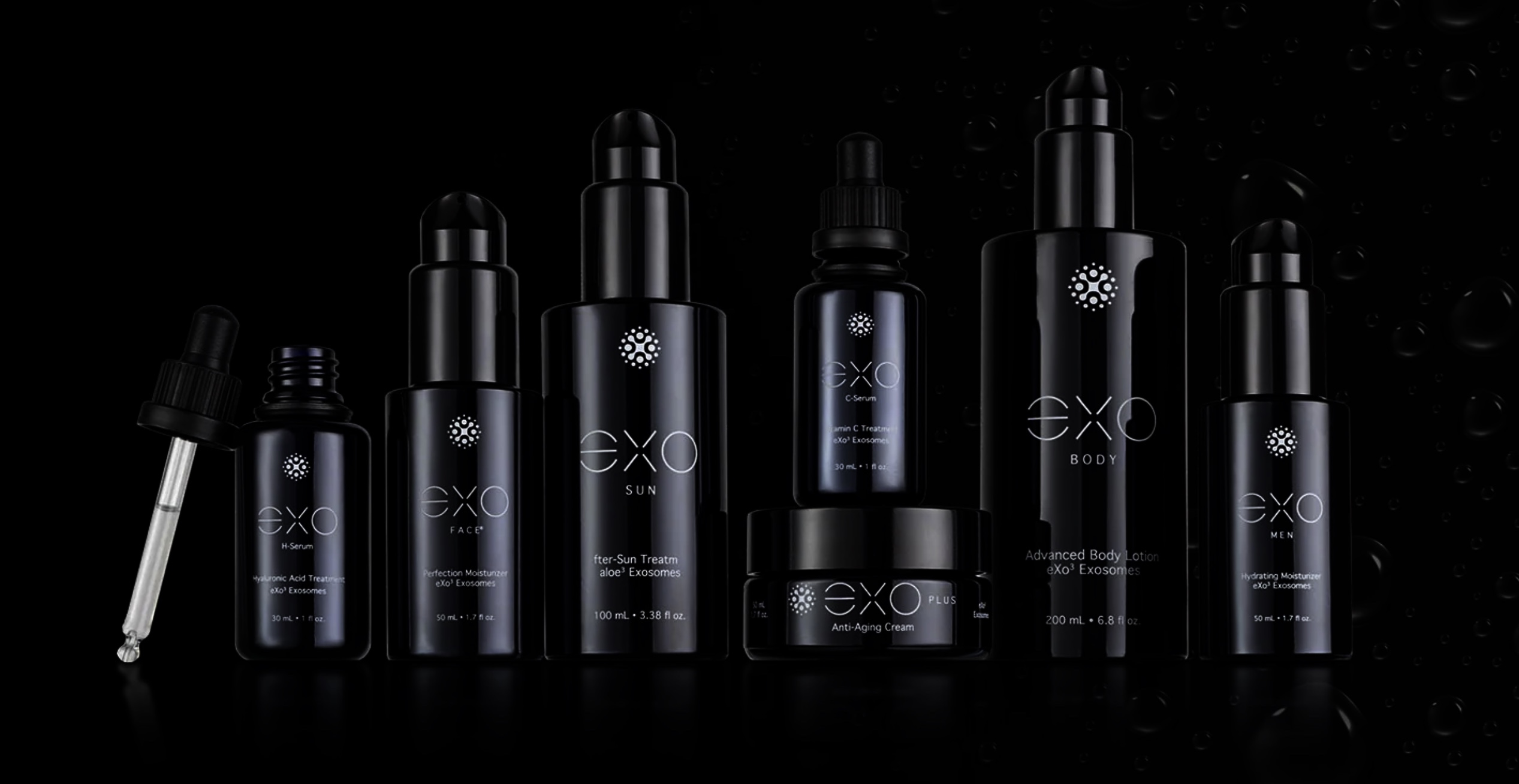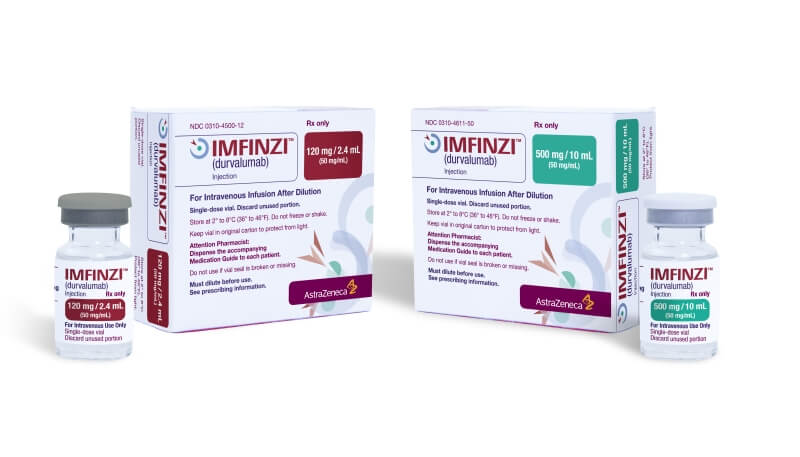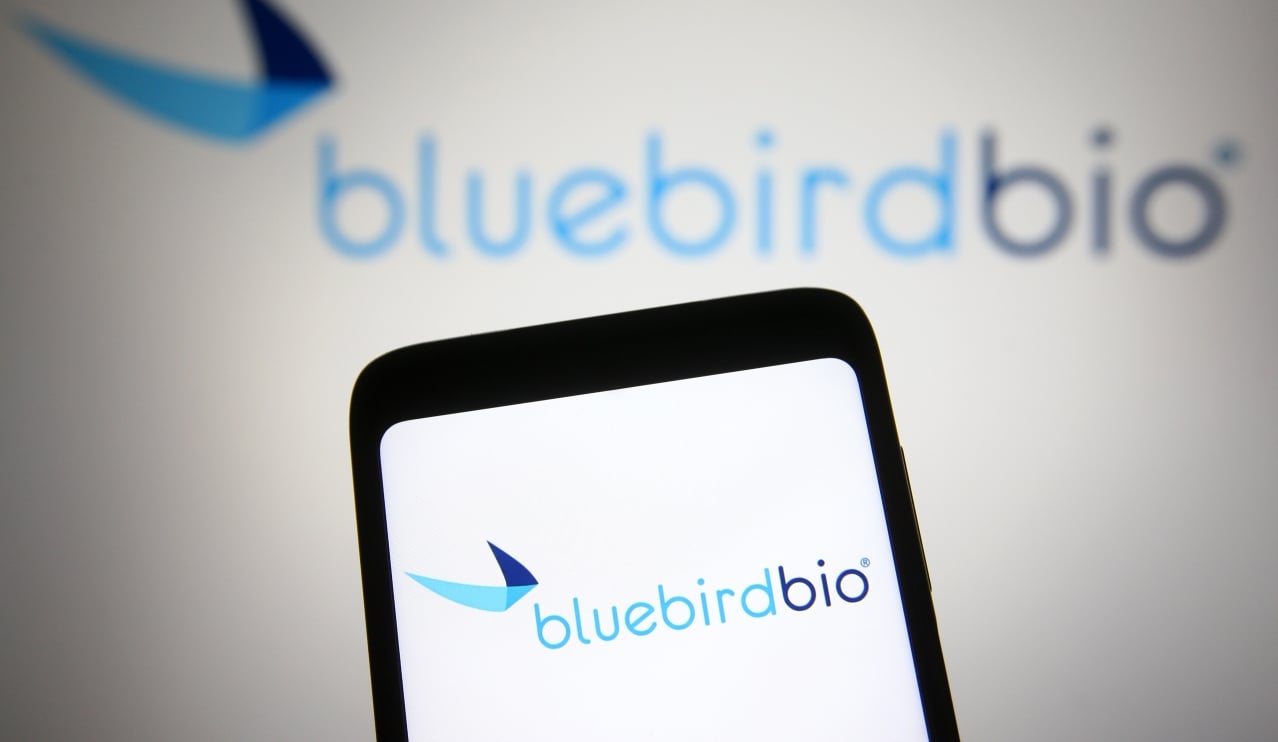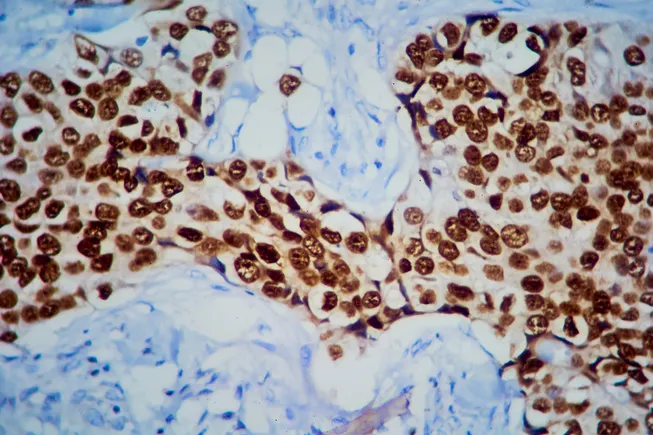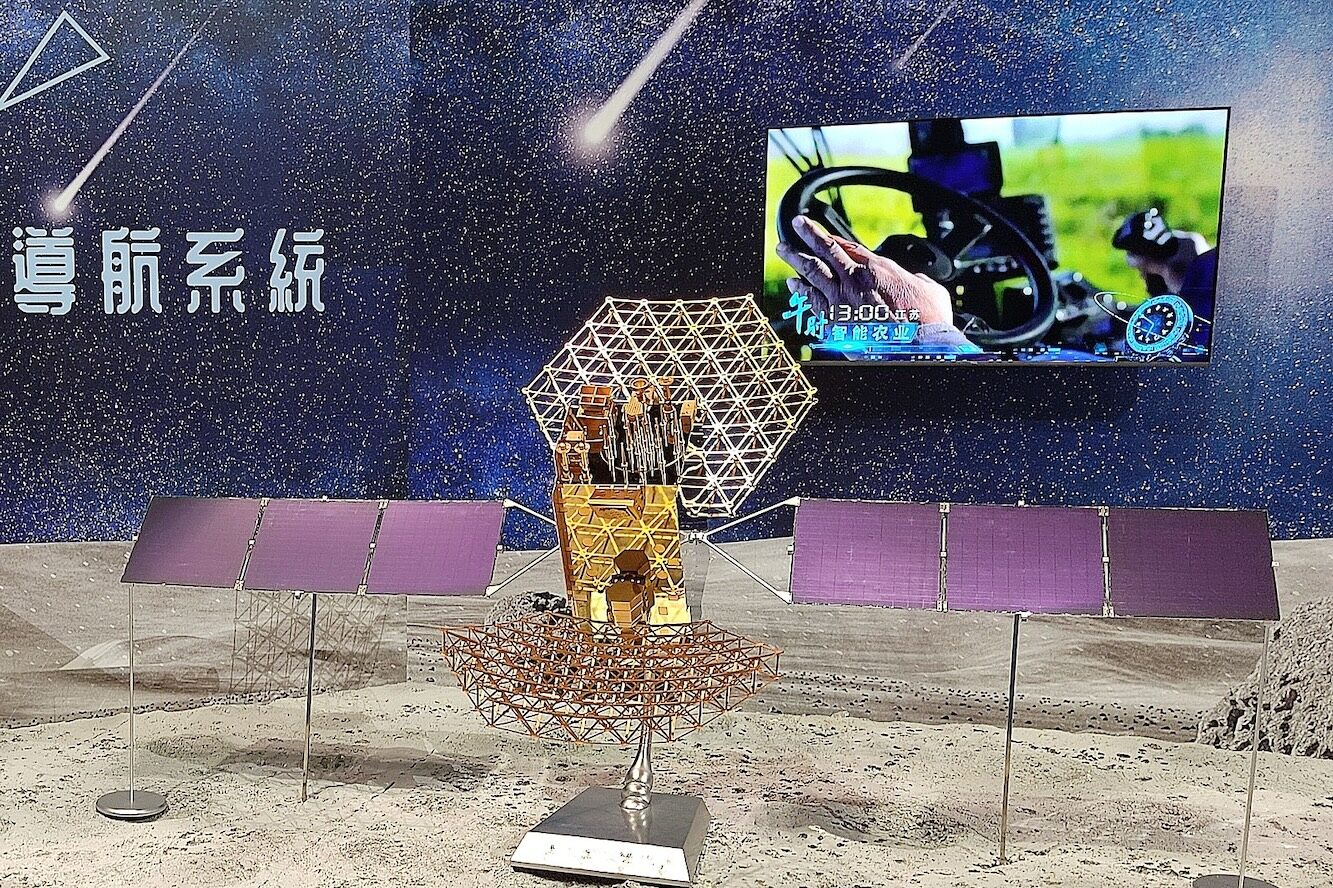Kirigami‐Inspired Breathable Smart Contact Lens for Wireless Monitoring of Corneal Hypoxia and Microenvironment
Advanced Healthcare Materials, EarlyView.

A kirigami-inspired breathable smart contact lens is reported for wireless monitoring of corneal hypoxia and microenvironment. The ultrathin (55 µm) and flexible sensing device enables digitalized, in situ and precise monitoring of dissolved oxygen, humidity, and temperature (R
2 >0.98). Silicone/hydrogel layers encapsulate the electronics, achieving high oxygen permeability (380.26 Barrers), sufficient water content (>80%), and excellent biocompatibility/heat safety.
Abstract
Severe corneal dysfunctions caused by corneal hypoxia and microenvironmental imbalance threaten hundreds of millions of people's eye health, leading to neovascularization, keratitis, and even vision loss, particularly among contact lens wearers. However, there are no accessible digital tools for wearable and continuous monitoring of corneal oxygen and microenvironment status. Here, a kirigami-inspired breathable smart contact lens for wireless monitoring of corneal hypoxia and microenvironment is presented. The ultrathin (55 µm) and flexible sensing device enables digitalized, in situ and precise monitoring of key eye health indicators: dissolved oxygen, humidity, and temperature (R 2 > 0.98). The flexible circuit, designed and processed using evolutionary kirigami structures and thermoforming, efficiently conforms to the soft curved surfaces with minimized contour dimensions and residual stress. Silicone/hydrogel hybrid layers encapsulate the electronics, achieving high oxygen permeability (380.26 Barrers), sufficient water content (>80%), and excellent biocompatibility/heat safety. In vivo animal experiments in beagle eyes demonstrate the lens's capability for accurate, wireless corneal monitoring under controlled conditions.














































